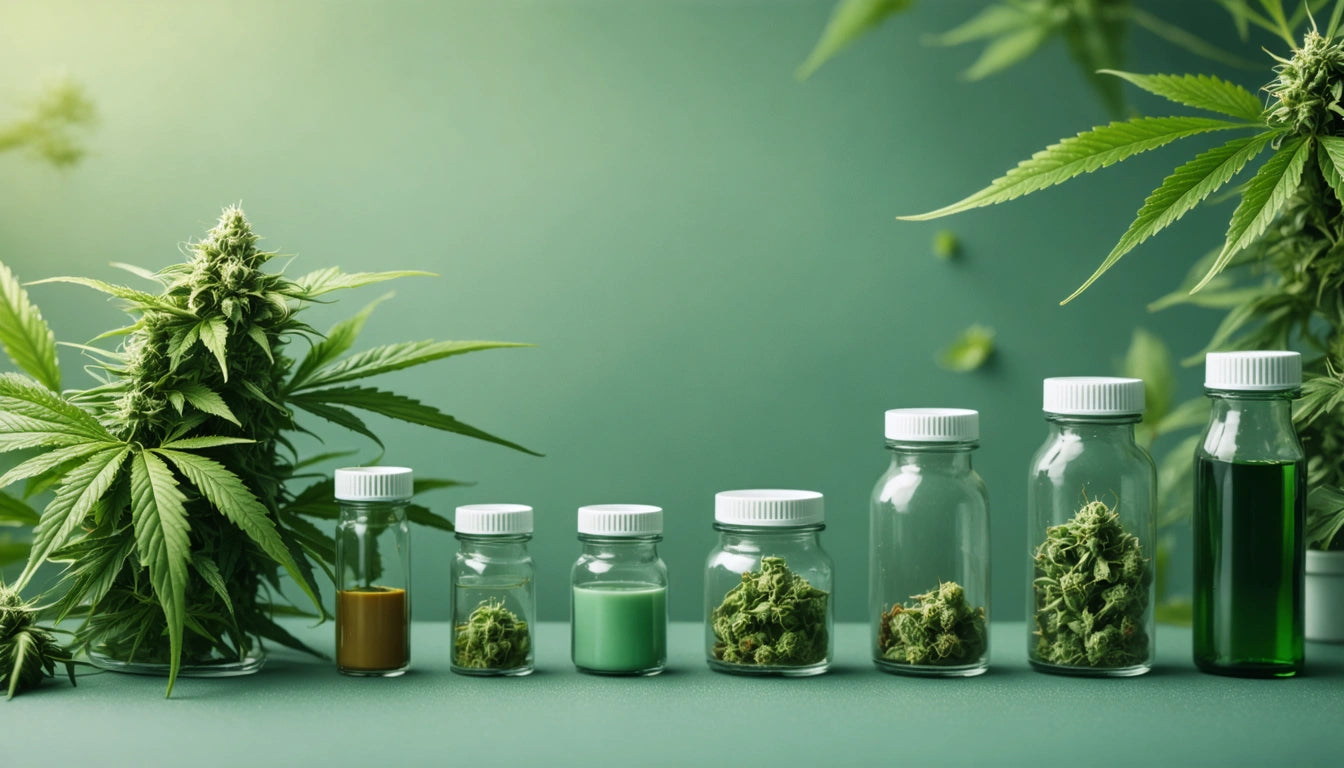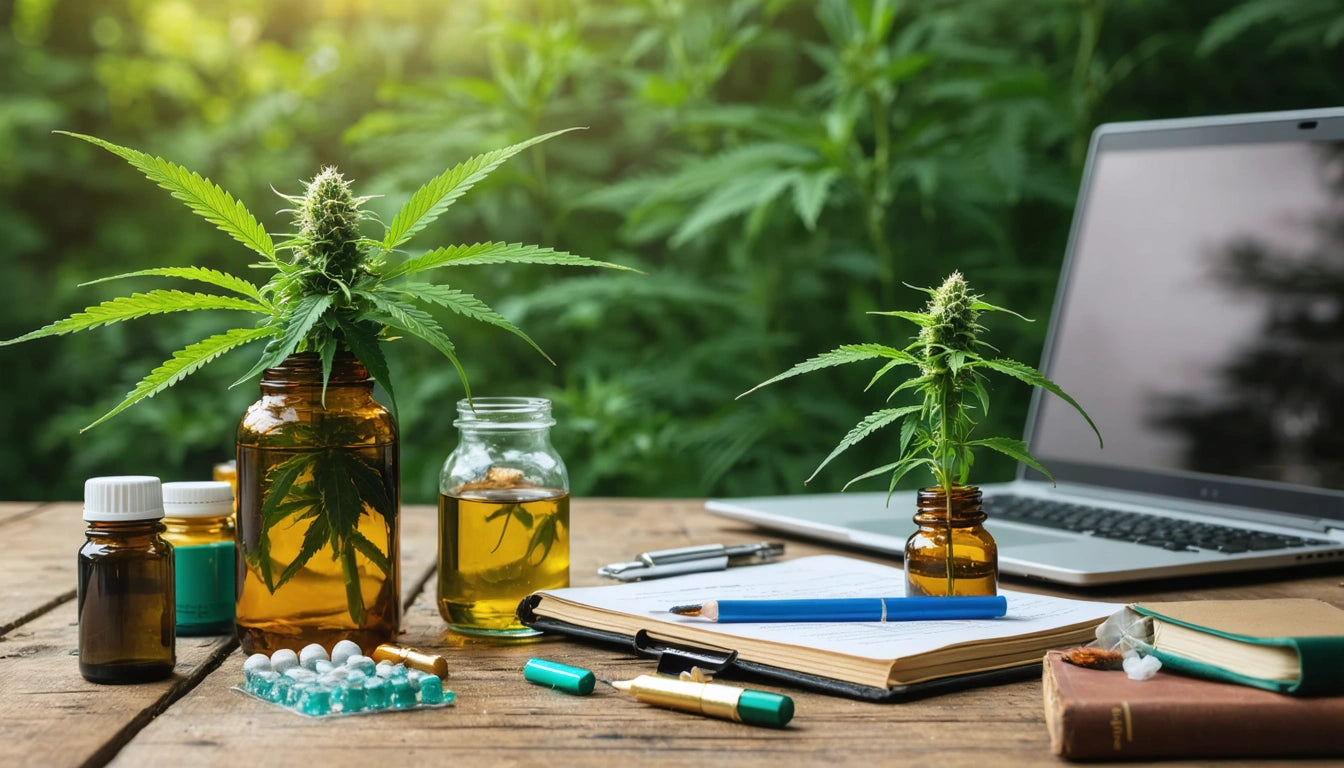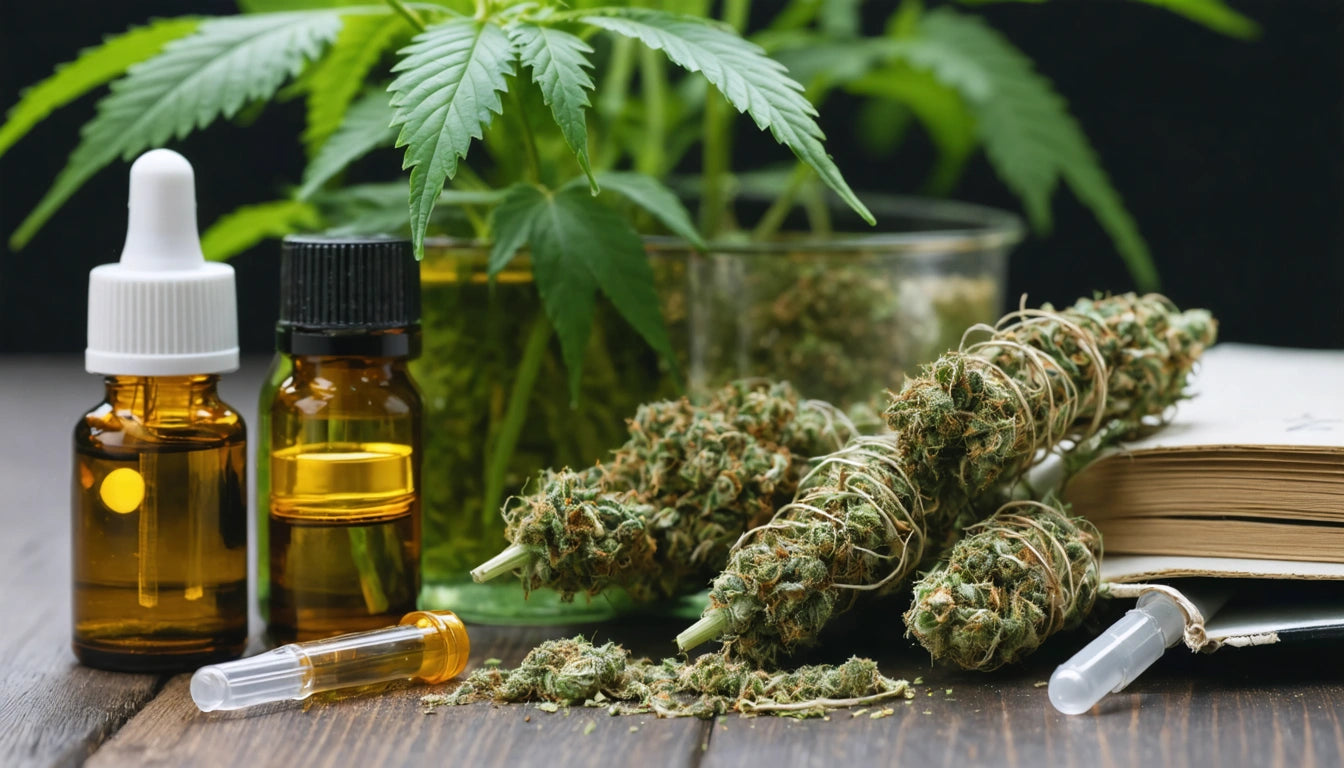Table of Contents
How Long Does Cannabis Stay in Your System?
Understanding how long cannabis remains detectable in your system is crucial for consumers, whether for employment drug screening, legal compliance, or personal health monitoring. Cannabis detection times vary widely based on several factors including test type, frequency of use, and individual metabolism.
Cannabis Detection Windows by Test Type
Different testing methods can detect cannabis compounds for varying lengths of time after consumption:
- Urine tests: The most common testing method can detect THC metabolites for 3-30 days depending on usage patterns. For occasional users (once a week or less), cannabis typically remains in urine for 3-7 days. For moderate users (several times per week), detection windows extend to 7-21 days, while heavy, daily users may test positive for 30+ days.
- Blood tests: THC is detectable in blood for approximately 1-2 days for occasional users and up to 7 days for frequent users. These tests are less common but may be used in situations requiring immediate detection.
- Saliva tests: Oral fluid tests can detect THC for 24-72 hours after use, making them useful for identifying recent consumption.
- Hair tests: Cannabis metabolites can be detected in hair follicles for up to 90 days, providing the longest detection window. However, these tests are less common due to higher costs and complexity.
For those concerned about drug test detection periods, understanding these timeframes is essential for making informed decisions.
Factors Affecting How Long Cannabis Stays in Your System
Usage Frequency and Duration
How often and how long you've been consuming cannabis significantly impacts detection times:
- First-time or occasional users: THC may clear from your system in 3-7 days
- Regular users (several times weekly): Detection possible for 7-21 days
- Heavy, daily users: May test positive for 30+ days after last use
Individual Biological Factors
Personal biological characteristics play a major role in how quickly cannabis leaves your system:
- Metabolism rate: Faster metabolisms generally clear THC more quickly
- Body fat percentage: THC is fat-soluble and stored in fat cells, so higher body fat can lead to longer detection times
- Hydration levels: Proper hydration may help dilute urine concentration but won't significantly speed elimination
- Age: Metabolism typically slows with age, potentially extending detection windows
How THC Metabolism Works in the Body
When cannabis is consumed, THC enters the bloodstream and is metabolized by the liver into various metabolites, primarily THC-COOH. This non-psychoactive metabolite is what most drug tests detect, not the original THC compound.
The liver breaks down THC through two phases:
- Initial conversion to 11-OH-THC (which is still psychoactive)
- Further breakdown to THC-COOH (non-psychoactive but detectable)
These metabolites are gradually eliminated through urine and feces. The process is slow because THC and its metabolites are lipophilic (fat-loving), meaning they bind to fat molecules in the body, creating a reservoir that releases compounds slowly over time.
This storage mechanism explains why marijuana can take weeks to leave your system completely, especially in chronic users who have built up significant THC stores in their fat tissues.
How Consumption Methods Impact Detection Times
The way you consume cannabis affects both how quickly it enters your system and how long it remains detectable:
- Inhalation (smoking/vaping): Provides rapid onset but typically shorter detection windows compared to edibles
- Edibles: Slower onset but potentially longer detection periods due to complete absorption through the digestive system
- Concentrates: High potency products may extend detection times due to higher THC content
- Topicals: Generally don't enter the bloodstream significantly and rarely cause positive drug tests
Product potency also matters significantly. Higher THC percentages can lead to greater accumulation in the body and longer elimination times. This is particularly important as modern cannabis products have significantly higher potency than those from previous decades.
When discussing cannabis products, it's worth noting that proper storage and safety are essential. Appropriate safety packaging requirements help prevent accidental ingestion, particularly important as cannabis products can remain potent for extended periods when properly stored.
Strategies for Faster THC Clearance
While no method guarantees immediate clearance of cannabis from your system, several approaches may support the body's natural elimination process:
- Hydration: Drinking plenty of water helps maintain kidney function for elimination
- Exercise: Physical activity may help burn fat cells where THC is stored, though intense exercise shortly before testing could potentially release stored THC
- Healthy diet: Foods high in fiber can help increase elimination through feces
- Time: The most reliable factor is simply allowing enough time to pass
It's important to note that many commercial "detox" products lack scientific evidence supporting their effectiveness. The body eliminates THC at its own pace, and this process cannot be dramatically accelerated.
Understanding how long marijuana remains detectable helps consumers make informed decisions about their cannabis use, especially when subject to testing for employment, legal, or medical reasons. The wide variation in detection windows underscores the importance of considering individual factors when estimating how long cannabis will remain in your system.











Leave a comment
All comments are moderated before being published.
This site is protected by hCaptcha and the hCaptcha Privacy Policy and Terms of Service apply.